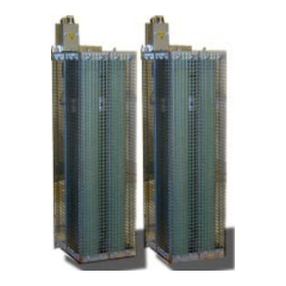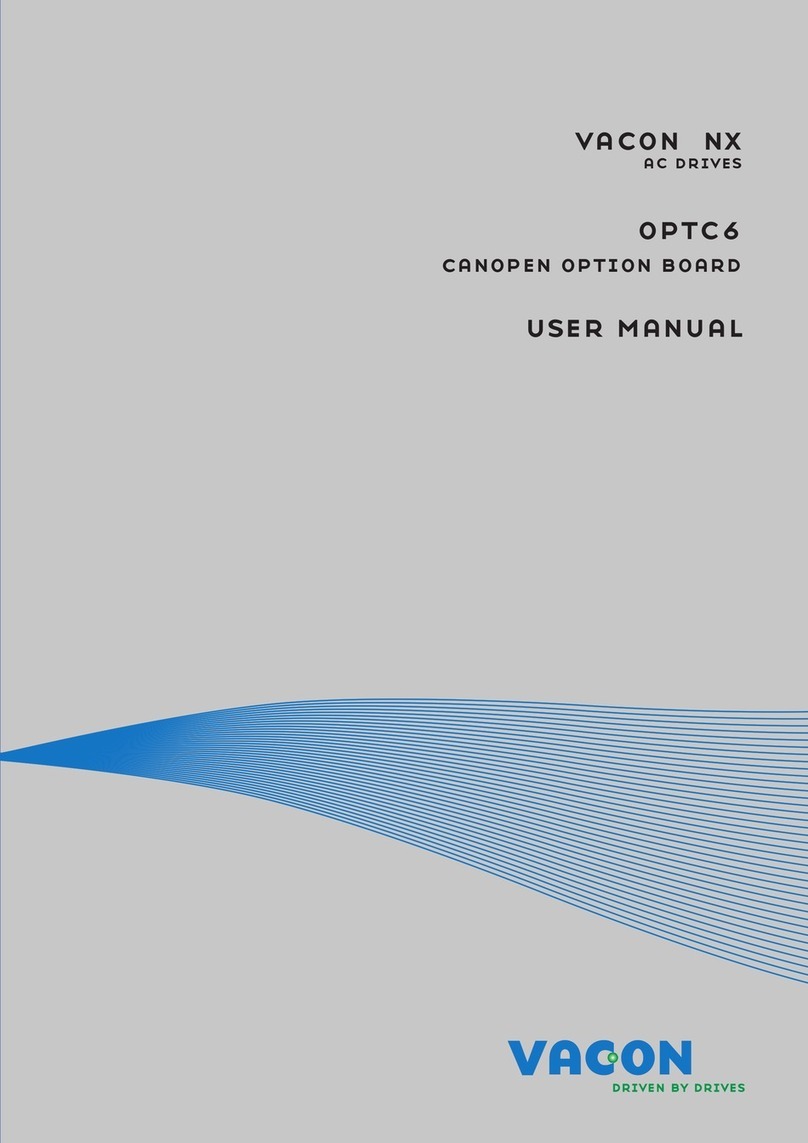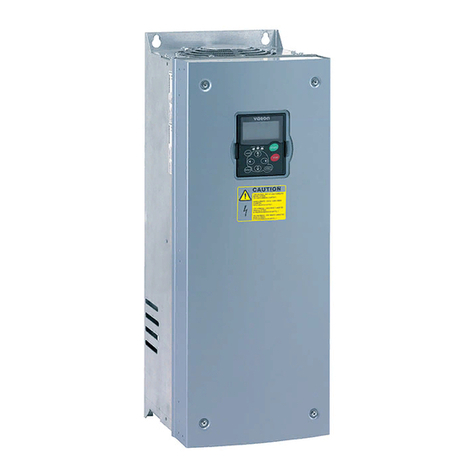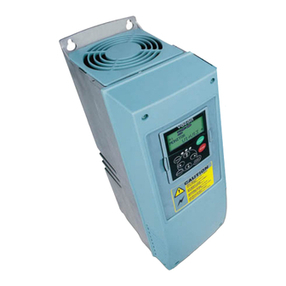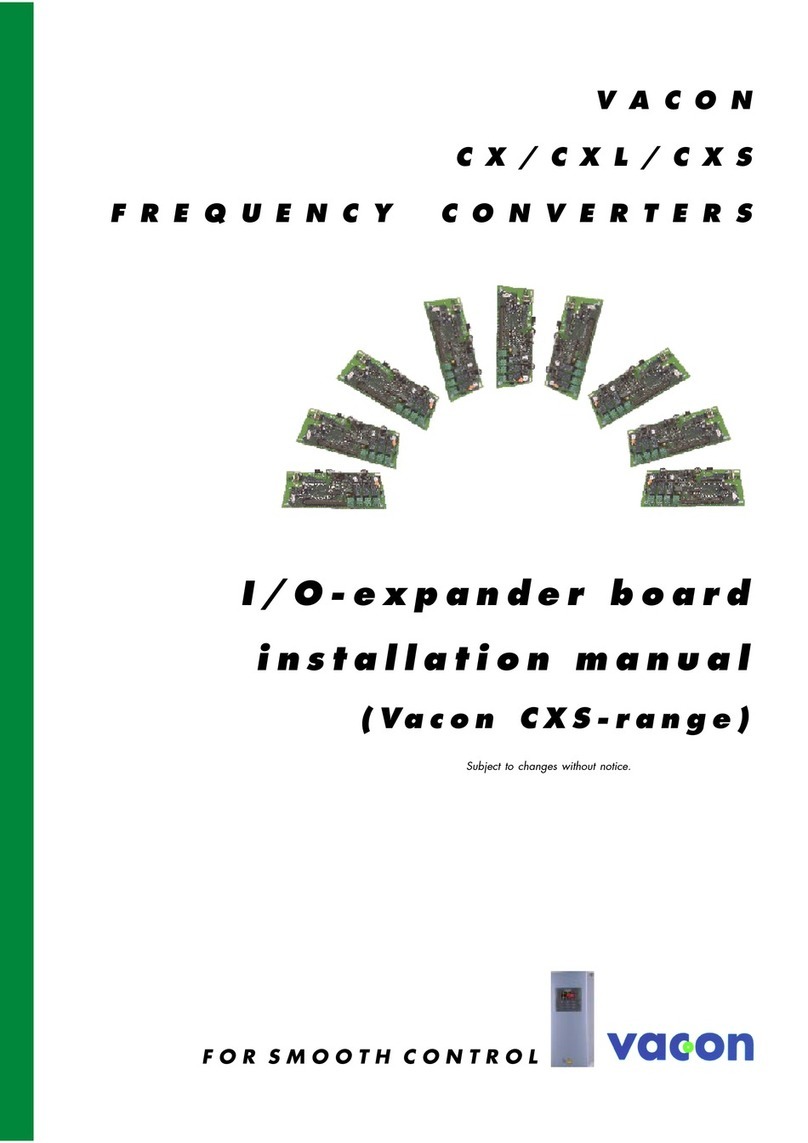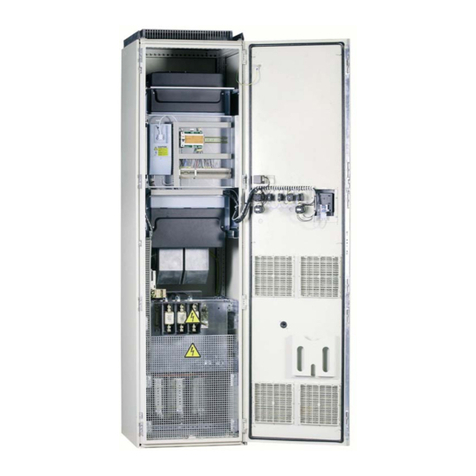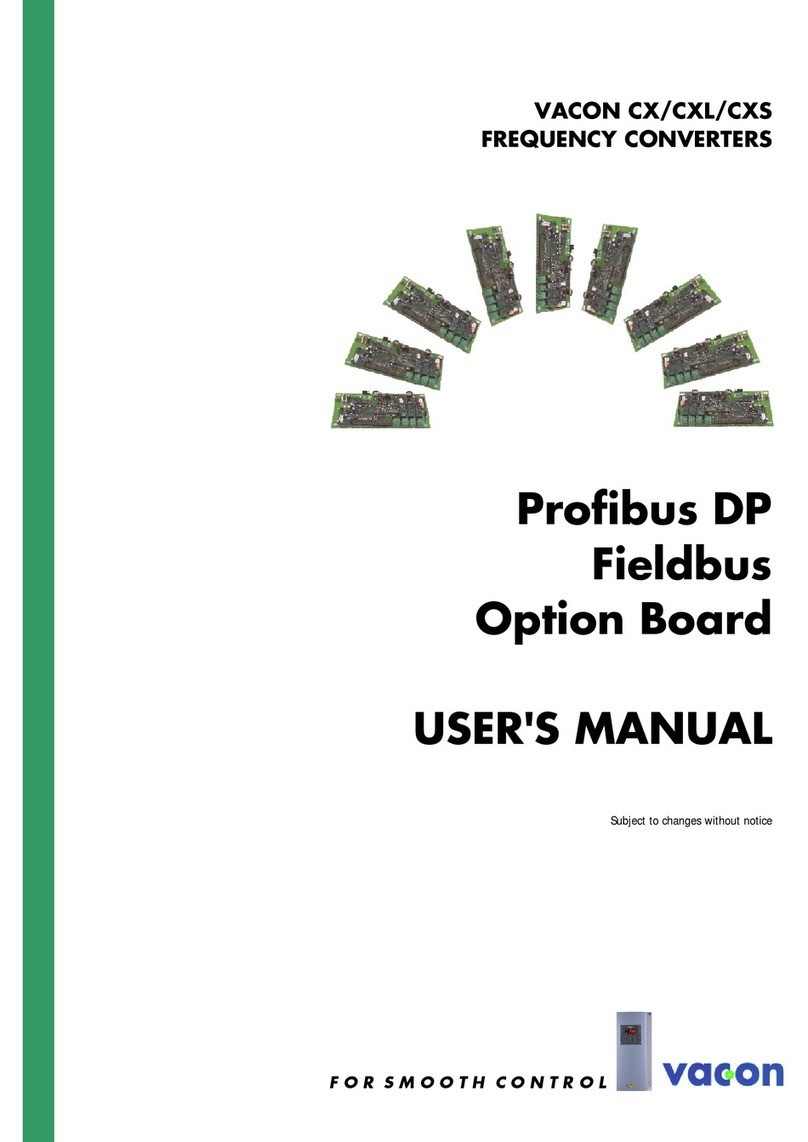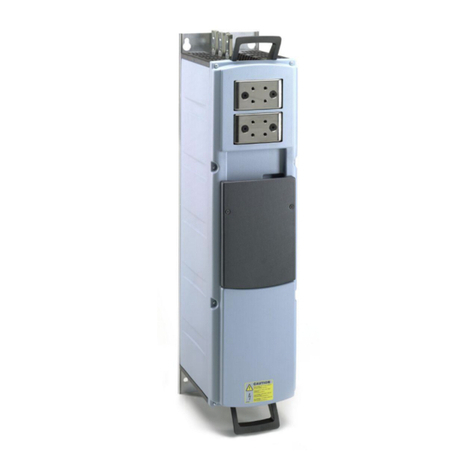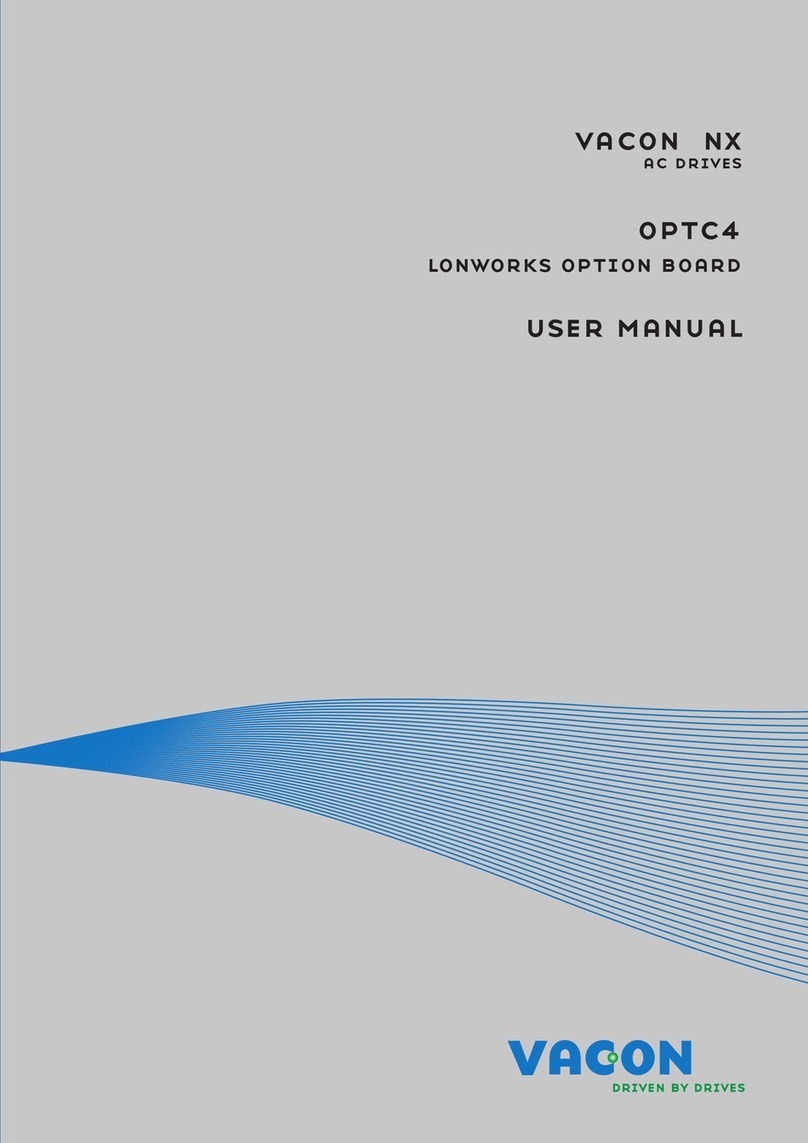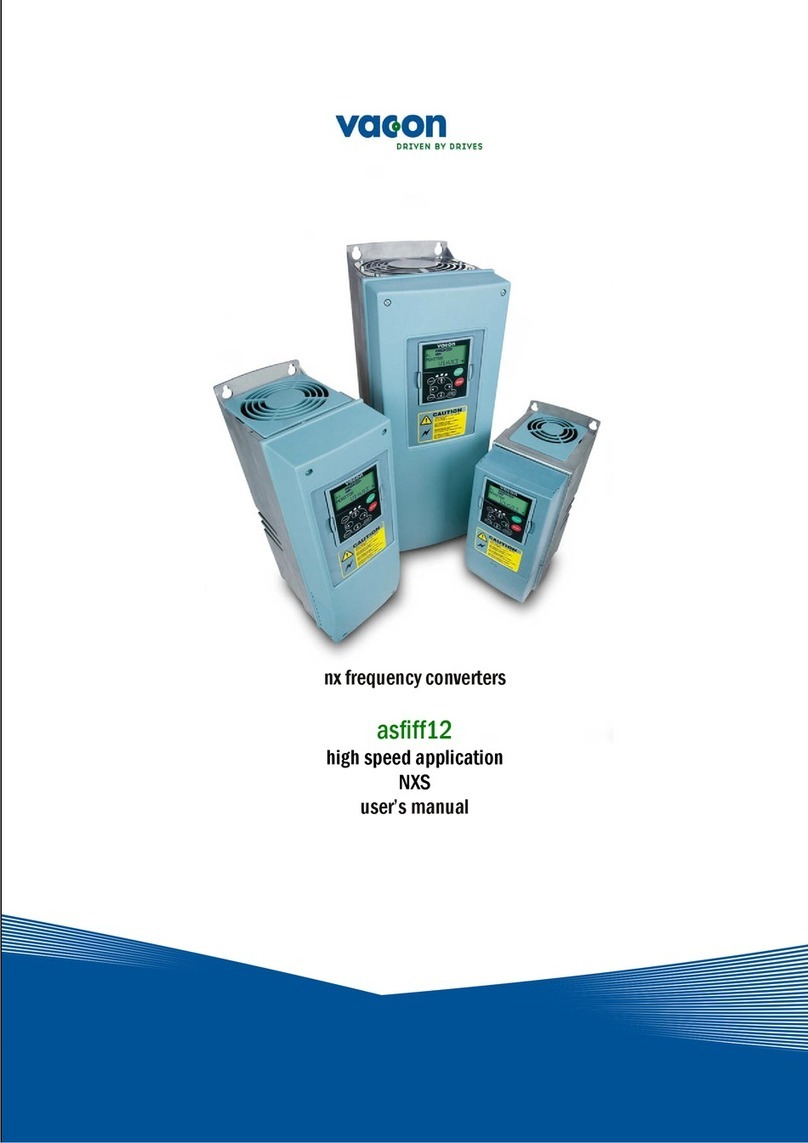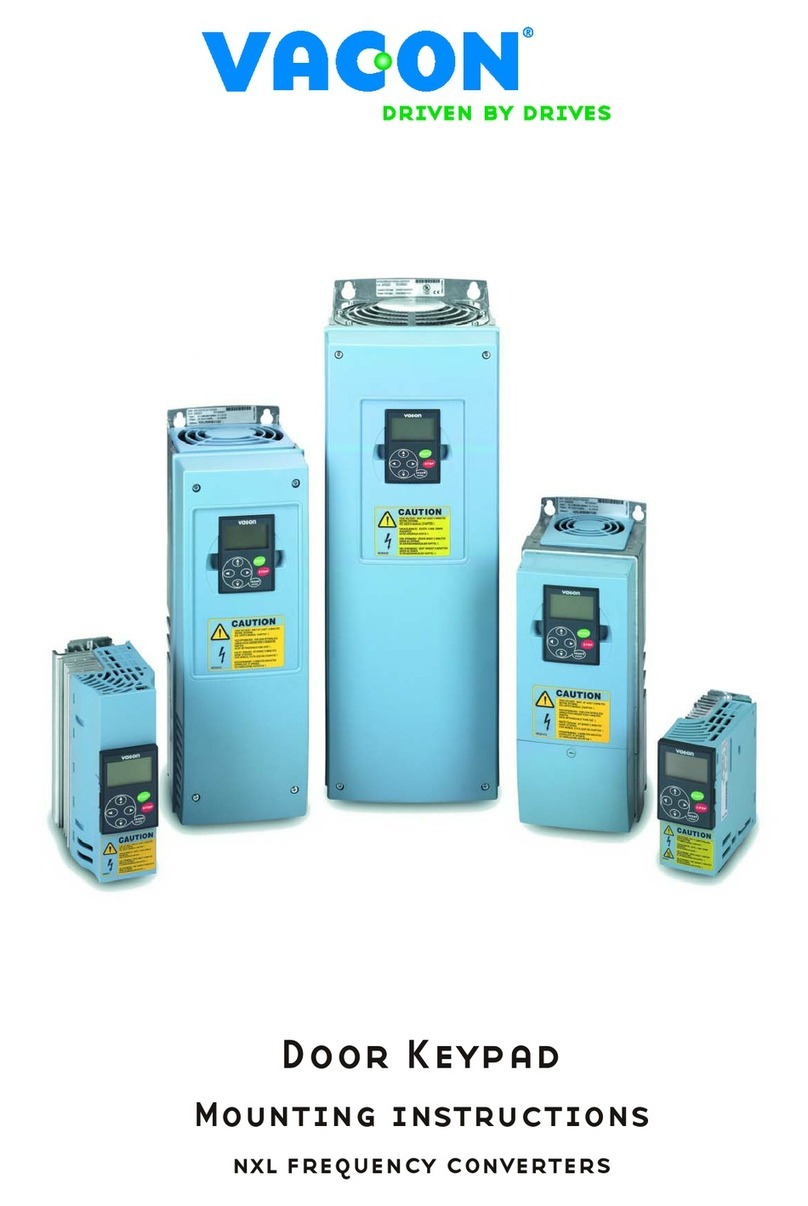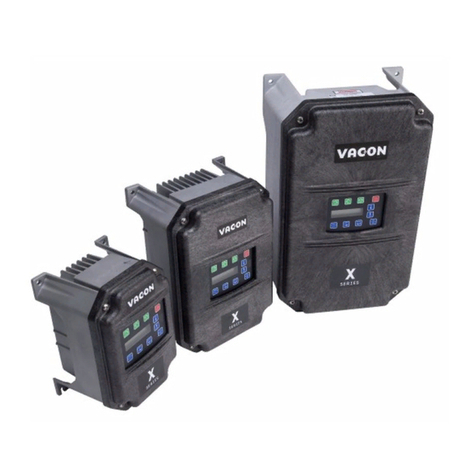
vacon • 5 Multipurpose Application
1
1.3 Optional boards
One optional I/O expansion board can be installed into the slot on the right side of the drive. The
following boards are supported:
OPTB1: 6 Digital Inputs-Outputs
The first 3 terminals are reserved as digital inputs (DI7, DI8, DI9). The second 3 terminals can
be used as inputs (DI10, DI11, DI12) or digital outputs (EO1, EO2, EO3). The number of terminals
used as input must be declared in parameter P2.24 (hidden if the board is not installed). This
number determines the higher value for the selection of the digital input connected to a certain
logical function. It also changes the visibility of parameters for the selection of digital outputs
function (P5.9, P5.10, P5.11).
OPTB2: 1 Thermistor Input, 2 Relays Outputs
Response to thermistor fault can be programmed with parameter P9.16. Relays functions can
be programmed with parameters P5.9, P5.10 (hidden if the board is not installed).
OPTB4: 1 Analogue Input, 2 Analogue Outputs
One more input is available as frequency reference. Two more outputs are available to monitor
motor/drive signals.
OPTB5: 3 Relays Outputs
Relays functions can be programmed with parameters P5.9, P5.10, P5.11 (hidden if the board
is not installed).
OPTB9: 5 Digital Inputs, 1 Relay Output
The higher value for the selection of the digital input connected to a certain logical function is
set to 11. Relay functions can be programmed with parameters P5.9 (hidden if the board is not
installed).
OPTBF: 1 Analogue Output, 1 Digital Output, 1 Relay Output
The analogue output can be programmed with parameters P5.5 - 8. The digital output can be
programmed with parameter P5.12. The digital output can be programmed with parameter
P5.9. Parameters are hidden if the board is not installed.
OPTBH: 3 temperature sensors
When the board is installed, the specific menu G13 is visible. Temperature measurement can
be used to set a digital/relay output and/or to trigger a fault. It can also be used as direct fre-
quency reference or as actual value for PID regulation.
OPTC3/E3: Profibus DPV1 fieldbus board
Vacon 20CP/X frequency converters can be connected to the PROFIBUS DP network using a
fieldbus board. The converter can then be controlled, monitored and programmed from the
Host system.OPTE3 option board also supports connection from DP Master (class 2) if DP-V1
is enabled. In this case, the Master class 2 can initiate a connection, read and write parameters
using the PROFIdrive Parameter Access service, and close the connection. The PROFIBUS DP
fieldbus is connected to the OPTE3 board using a 5-pin pluggable bus connector. The only dif-
ference between OPTE3 and OPTE5 boards is the fieldbus connector.
OPTC4 Lonworks fieldbus board
Vacon 20CP/X frequency converters can be connected to the LonWorks® network using a
fieldbus board. The converter can then be controlled, monitored and programmed from the
Host system.
OPTC5/E5: Profibus DPV1 fieldbus board (D-type connector)
Vacon 20CP/X frequency converters can be connected to the PROFIBUS DP network using a
fieldbus board. The converter can then be controlled, monitored and programmed from the
Host system.OPTE5 option board also supports connection from DP Master (class 2) if DP-V1














